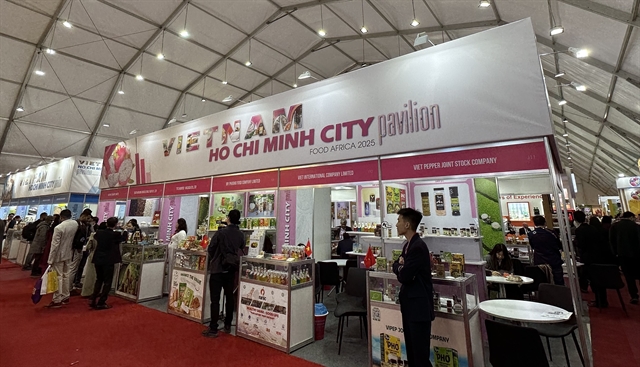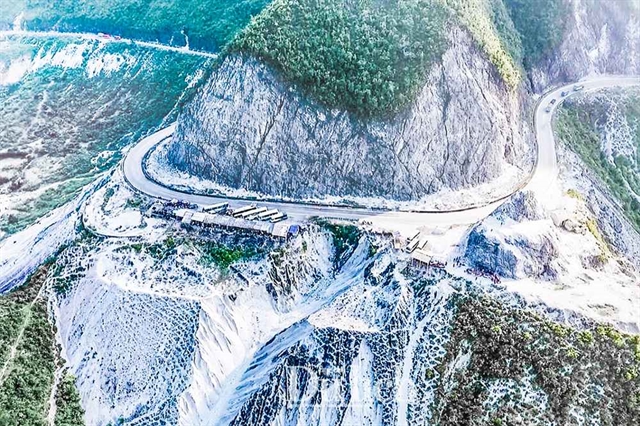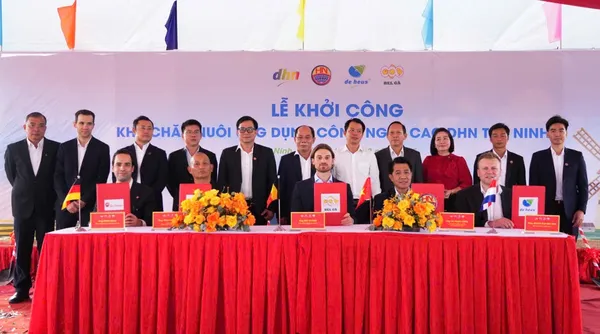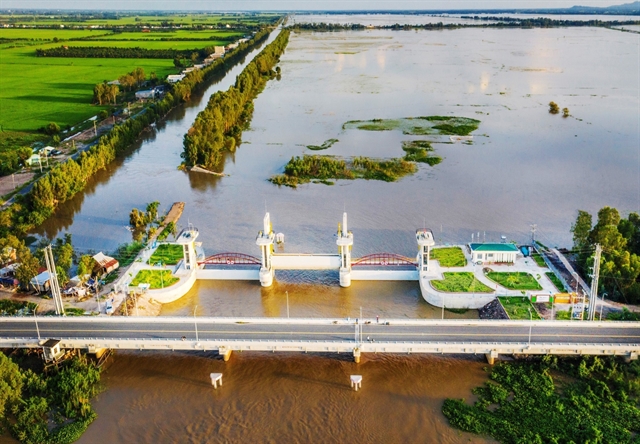 Society
Society

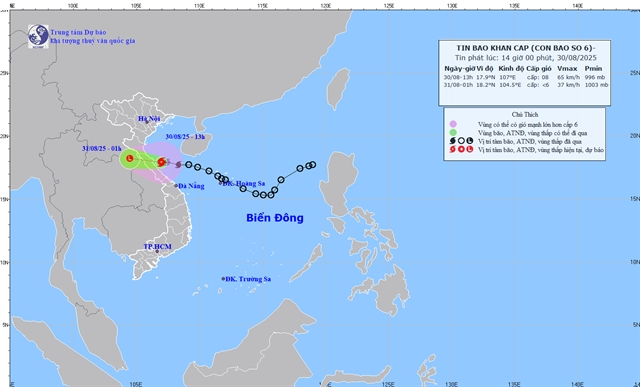
|
| The movement of Typhoon Nongfa, the sixth storm of this year. Photo courtesy of the National Centre for Hydro-Meteorological Forecasting |
HÀ NỘI — Deputy Prime Minister Trần Hồng Hà on Saturday signed Official Dispatch No 153, calling for focused efforts to respond to Typhoon Nongfa, the sixth storm of this year.
The dispatch warns that Typhoon Nongfa is moving rapidly at 20–25kph toward the seas and coastal areas of central Việt Nam.
According to the National Centre for Hydro-Meteorological Forecasting, the storm is expected to make landfall this evening, August 30, in Hà Tĩnh to northern Quảng Trị. These regions were already affected by Typhoon No 5, which brought heavy rain and flooding.
Localities from Thanh Hóa to Huế are forecast to experience heavy to very heavy rainfall, with a high risk of flash floods, landslides in mountainous areas, and flooding in low-lying regions, riverbanks, and urban zones.
The storm comes as the country enters a weekend and is preparing for the National Day celebrations on September 2, raising concerns about its timing and potential impacts.
According to the directive, chairpersons of the People’s Committees in Thanh Hóa, Nghệ An, Hà Tĩnh, Quảng Trị, and Thừa Thiên-Huế were instructed to closely monitor the situation and continuously update storm and flood information to proactively direct response measures.
Local authorities must continue checking and accounting for vessels at sea, promptly informing all boats of storm developments, and guiding them to avoid affected areas. They must prepare forces and resources to support evacuation in unsafe zones and ensure residents do not remain on boats, floating cages, or aquaculture platforms during the storm’s direct impact.
The Minister of Agriculture and Environment must instruct forecasting agencies to closely monitor the storm and provide timely updates on rainfall and flooding.
The Minister of Industry and Trade must oversee the safety of hydropower reservoirs.
The Ministry of National Defence and Ministry of Public Security were required to prepare contingency plans, deploy forces and equipment to assist isolated areas, and remain ready for emergency rescue and relief operations.
Vietnam Electricity (EVN) must urgently implement safety measures for hydropower plants, transmission systems, and power infrastructure, ensuring quick recovery after the storm and maintaining electricity supply for production and daily life.
Việt Nam Posts and Telecommunications Group (VNPT) and Viettel must deploy technical solutions, personnel, and equipment to keep communications uninterrupted from the central to local levels, especially to villages and residential clusters at high risk of isolation due to the disaster. — VNS


